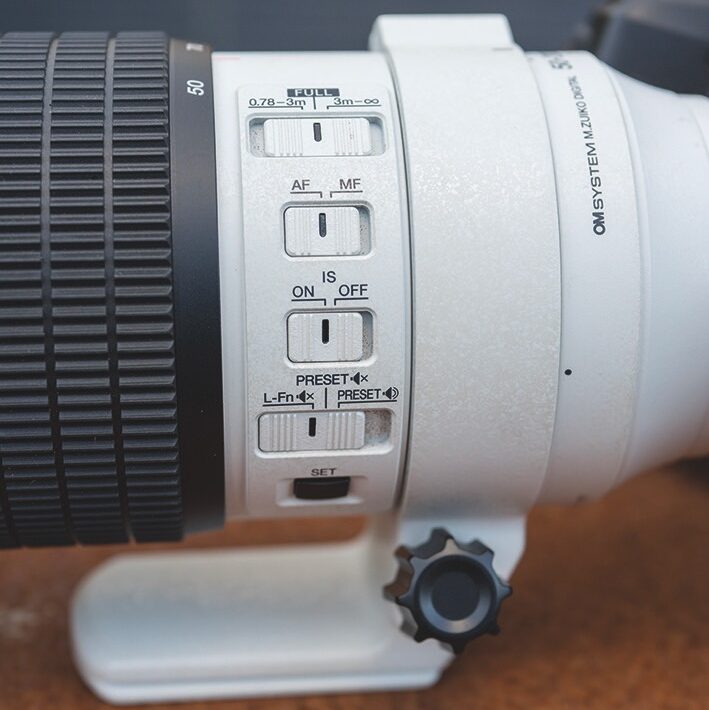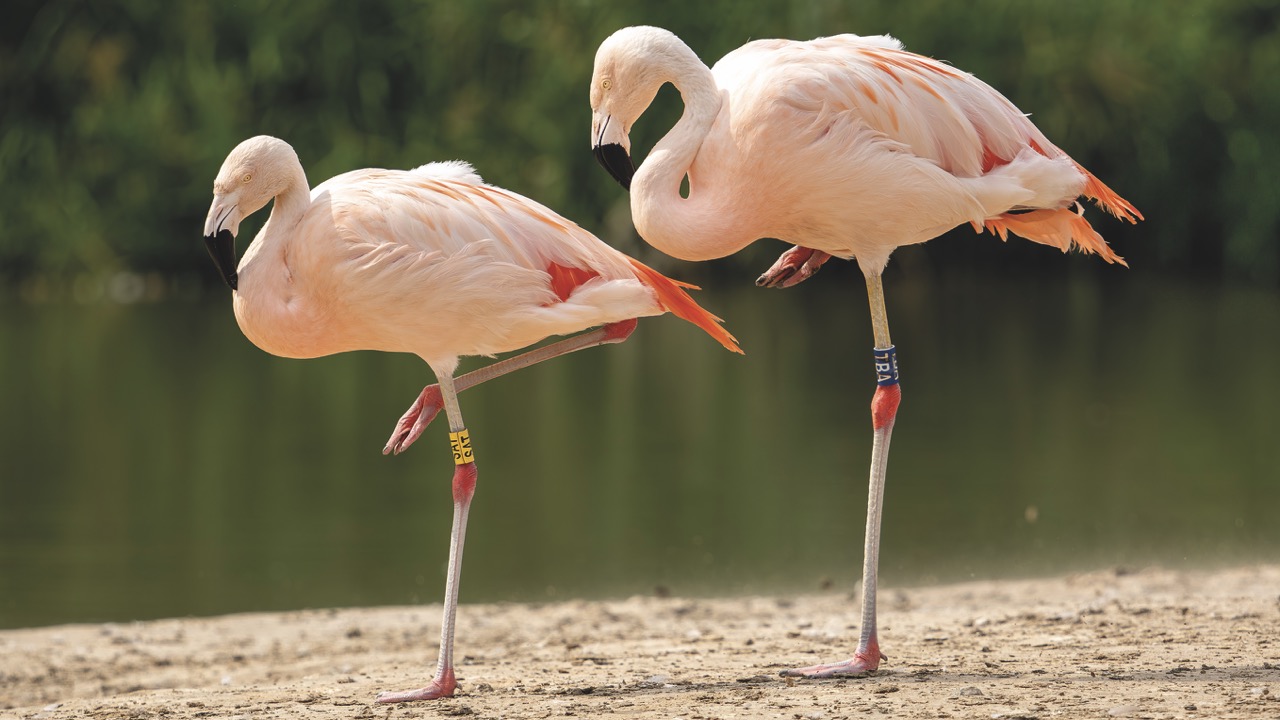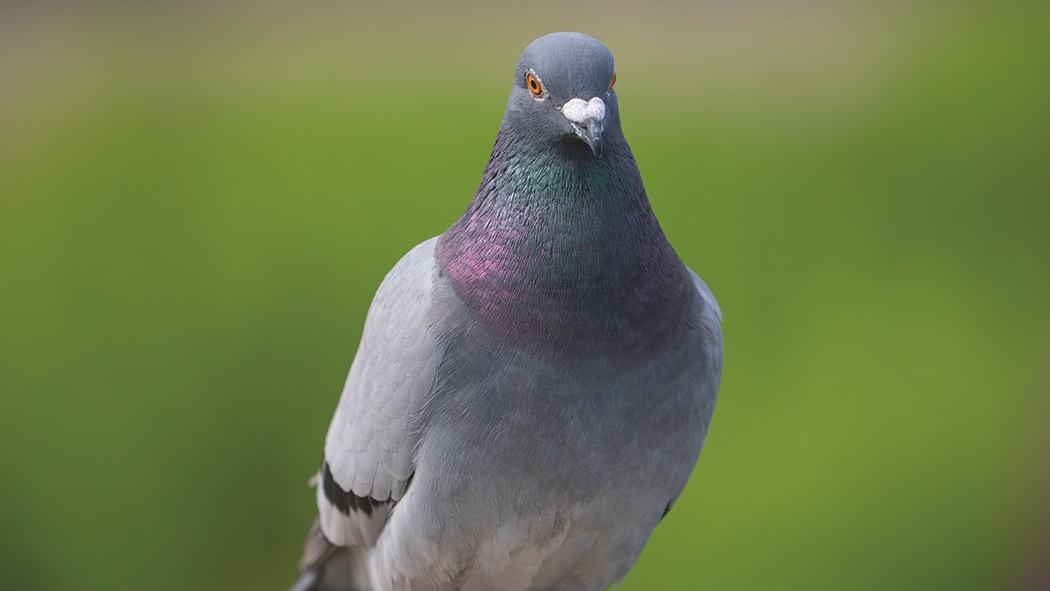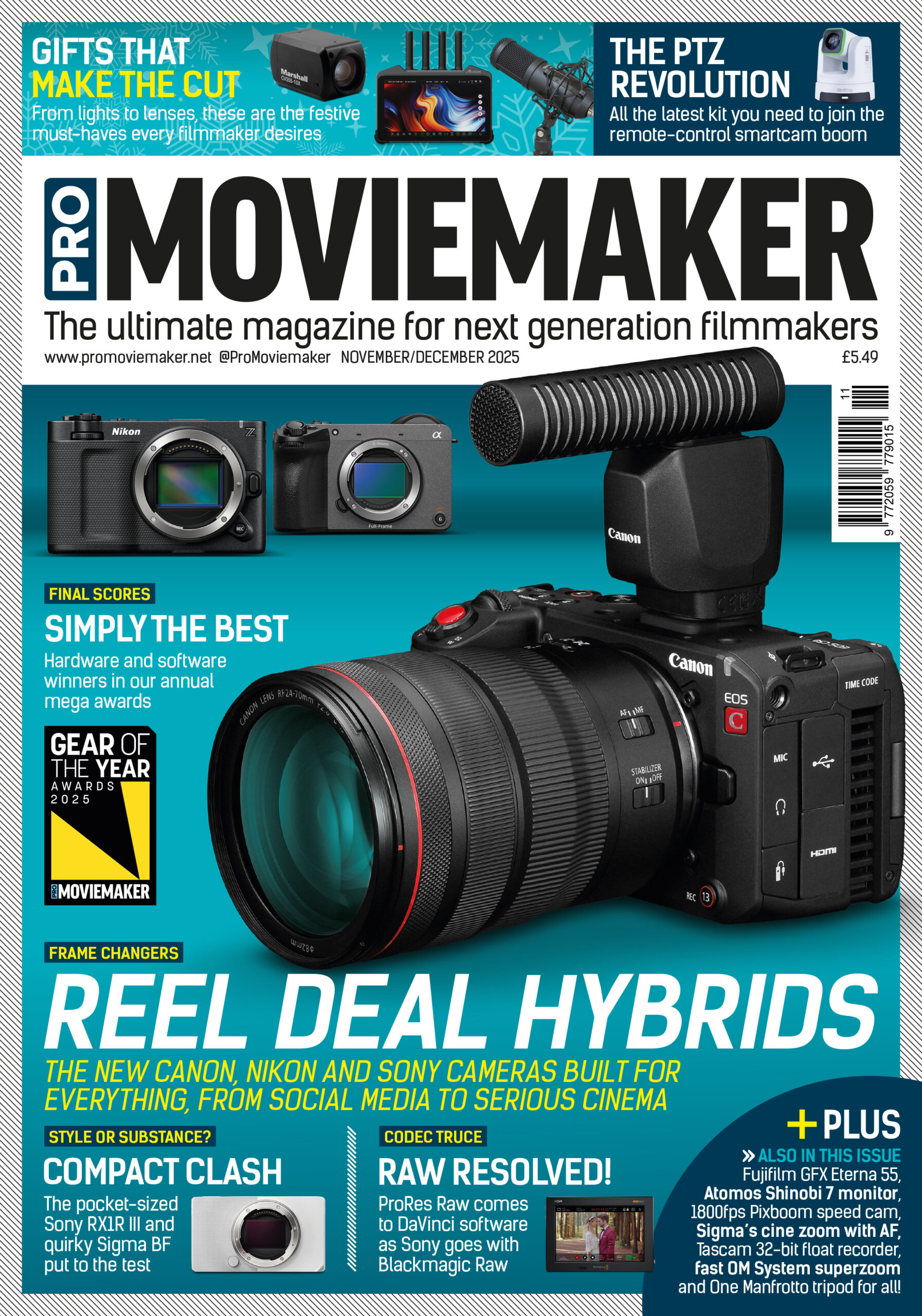
Big test: Om System 50-200mm f/2.8 IS Pro
Posted on Nov 27, 2025 by Pro Moviemaker
Flamin’ Gorgeous shots in the wild
Big, bright and built for wildlife and action, this 50-200mm f/2.8 zoom proves Micro Four Thirds still has game
Words Adam Duckworth
To prove it’s deadly serious about being an outdoor camera brand with rugged kit for serious image makers, OM System has revealed its boldest lens yet. It’s the M.Zuiko Digital ED 50-200mm f/2.8 IS Pro that isn’t just a small step up from the brand’s popular 40-150mm f/2.8 optic but a giant leap forward.
The price is much higher at £2999/$3700 but you get both a constant f/2.8 maximum aperture and incredible built-in stabilisation as well as a range equivalent to 100-400mm in full-frame cameras.
Design and build
Of course, only covering a sensor a quarter the size of full-frame, the M.Zuiko Digital ED optic is smaller and lighter than any comparable optic could be. For wildlife and sports shooters, it’s a premium proposition sitting just below OM’s 150-400mm f/4.5 IS Pro, but of course that doesn’t offer the fast maximum aperture.
Measuring 226mm/8.9in long and tipping the scales at 1250g/2.8lb with a tripod ring, it’s no featherweight by Micro Four Thirds standards, but it is still a good deal smaller than optics made for larger-sensor rivals. Build quality is excellent, with a robust metal barrel and full IP53 weather sealing, promising reliability in rain, dust and sub-zero conditions. Both zooming and focusing are internal, so the length never changes and balance stays constant. It’s ideal for mounting on gimbals and tripods.
Optics and construction
The optical design is entirely new, comprising 21 elements in 13 groups with a complex mix of EDA, Super ED, HR and E-HR glass, plus an aspherical ED element. The aim is to deliver resolution and contrast across the frame throughout the zoom range, while suppressing chromatic aberrations and flare. A Zero-II coating helps minimise reflections, and the large 77mm filter thread is surrounded by a deep hood with an adjustment window for a variable ND or polariser.
The zoom ring requires less than a quarter turn to cover the full range, making it quick to operate. The focus ring is electronic but smooth, while controls include an AF/MF switch, a focus limiter, stabiliser switch and a dedicated preset focus system. It has four customisable L-Fn buttons and the supplied Arca-Swiss compatible tripod foot can be unclipped without removing the lens from the camera.
Stabilisation and focus
Stabilisation is a major upgrade with optical IS built in. On the flagship OM-1 Mark II, the combinations work together to offer up to seven stops of shake correction. On cameras without the system, the lens alone is good for five stops.
Autofocus is quick, quiet and precise. The lens locks on rapidly to fast-moving subjects and tracks them well. Birds in flight were acquired confidently and followed with high hit rates. Focus breathing is minimal, although the lens isn’t parfocal, so zooming requires continuous AF to maintain sharpness.
Close focus is also reasonable with the minimum distance at 78cm/30in throughout the zoom range, offering 0.25x magnification. This then allows close-up shooting of small details with lovely subject isolation. Pair the lens with the MC-20 teleconverter and you achieve effective 1:1 macro at 200mm, albeit with an f/5.6 maximum aperture.
Image quality
Optical performance is excellent across the board. At f/2.8, the lens is already very sharp from centre to edge, with impressive contrast and minimal aberrations. Corner shading is negligible and fringing virtually absent. Stopping down brings only marginal improvements. Out-of-focus rendering is smooth, aided by the shallow depth-of-field at telephoto lengths. The bokeh is creamy, with well-rounded specular highlights thanks to a nine-blade iris. Even in more challenging backlight, flare and ghosting appear perfectly well controlled, especially if you’ve got the hood in place.
Teleconverter compatibility is a real advantage. With the MC-14 fitted, the 50-200mm becomes a 70-280mm f/4 which is a 140-560mm equivalent. With the MC-20, it transforms into a 100-400mm f/5.6, the equivalent of 200-800mm.
For sports or wildlife, its AF and stabilisation work well together while the constant f/2.8 aperture ensures consistent exposure and faster shutter speeds. For close-ups, its macro-like ability opens creative possibilities. For travel or landscape work, it’s compact enough.
If the price isn’t an issue for you, the mix of reach, speed, stabilisation and teleconverter compatibility makes it a great choice.

Specifications
- Price: £2999/$3700
- Mount: MFT
- Image coverage: MFT
- Aperture: f/2.8-22
- Aperture blades: 9, rounded
- Construction: 21 elements in 13 groups
- Image stabilisation: 5-axis Sync IS, 7 stops
- Minimum focusing: 78cm/30in
- Filter size: 77mmDimensions (wxl): 91.4×225.8mm/3.6×8.9in
- Weight: 1250g/2.8lb
The verdict
This is a lens that might be pricey but can replace the need to carry both a 40-150mm and a 100-400mm, saving money and weight. The OM System M.Zuiko Digital ED 50-200mm f/2.8 IS Pro offers the handling, durability and optical quality expected of a professional telezoom, but with the portability advantages that Micro Four Thirds users prize. For specialists in wildlife, sport, action or tele-macro work, it is the best lens available for the system today.
How it rates
Features: 9
Great zoom range, incredible image stabilisation and fast aperture
Performance: 9
Sharp, detailed footage, and the stabilisation is simply stunning
Handling: 9
Small and light to hold compared to full-frame lenses, smooth control rings
Value for money: 9
Yes, it’s at the high end for an MFT telezoom but it offers so much lasting value
Overall rating: 9/10
From wildlife to sport and beyond, this lens delivers in every way
- Pros: Class-leading image stabilisation and great image quality
- Cons: Not the cheapest option but offers something unique
This review was first published in the November/December 2025 issue of Pro Moviemaker











